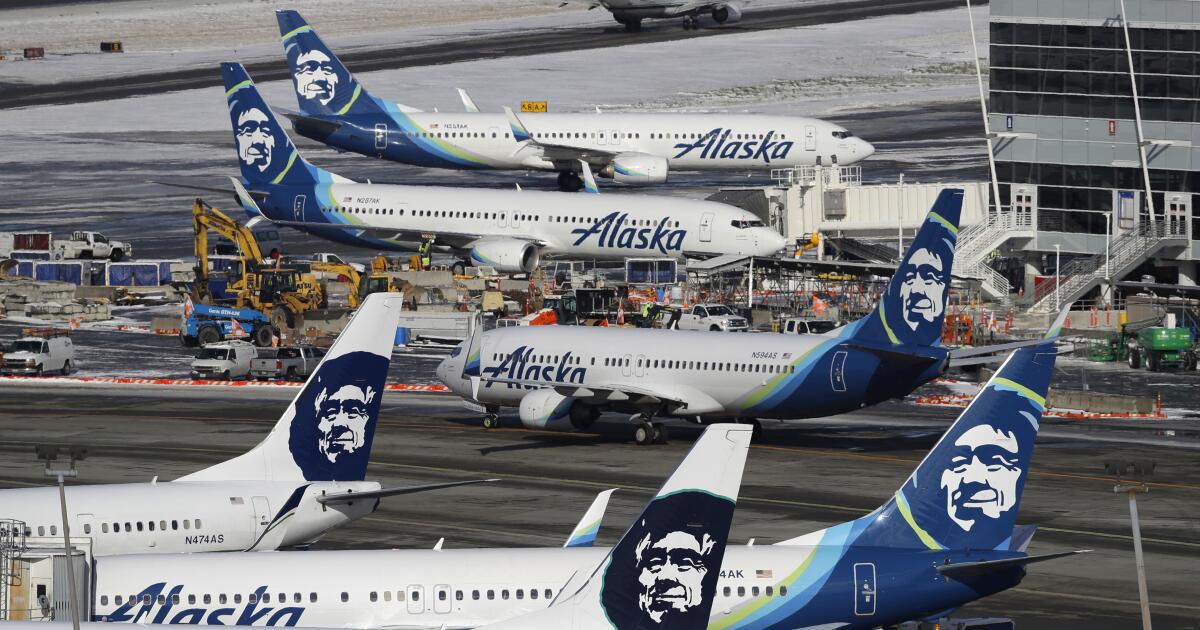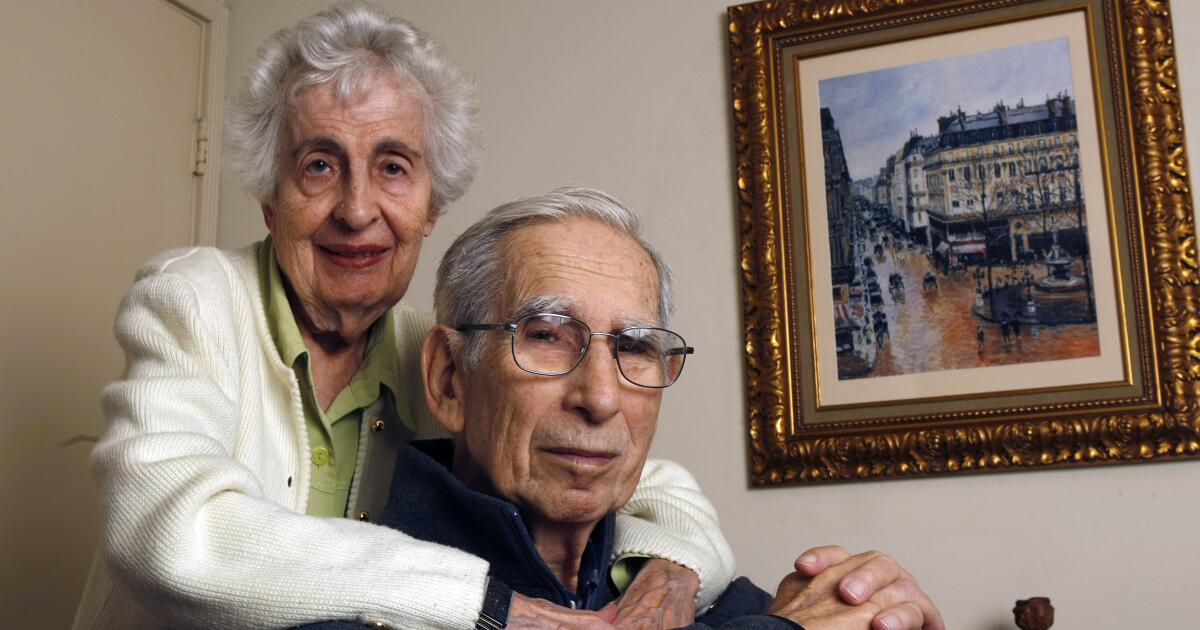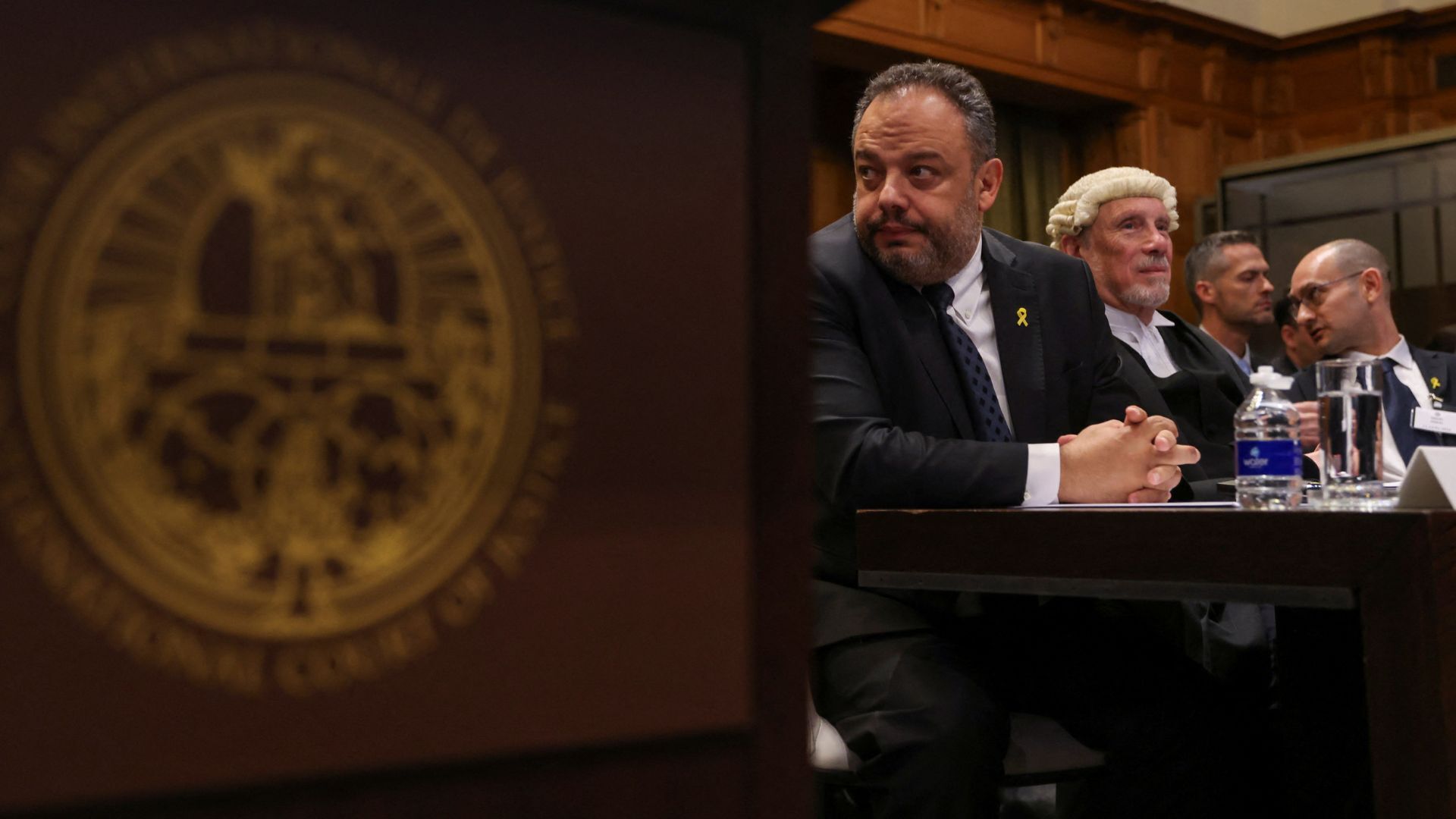The Supreme Court on Thursday blocked an interstate air quality rule issued last year by the Biden administration to limit ozone from power plants and industrial sites in the Midwest and send polluted air to the East Coast.
The vote was 5-4, with Justice Amy Coney Barrett joining the three liberals in dissent.
The so-called good neighbor rule is part of the Clean Air Act, and the Environmental Protection Agency says it ensures that sources of air pollution in “downwind states” must take steps to reduce it if it is “impacting air quality in downwind states.”
In its latest update, the EPA targeted 23 states for stricter regulation, including California in part.
But before the rule could take effect, it became embroiled in a legal battle between Republican-led states and the Democratic administration.
Twelve states, led by Texas, obtained rulings from U.S. appeals courts that overturned the EPA's determination that their air pollution standards were inadequate.
These decisions protected states from the new rule.
Undeterred, the EPA moved forward to enforce its new rule in Midwestern states that had not yet obtained waivers.
The Biden administration argued that a court-ordered delay “would severely harm downwind states that suffer from emissions from their downwind neighbors, placing the entire burden of achieving healthy air quality on those states and exposing its residents to risks to public health.”
But Ohio, Indiana and West Virginia have gone straight to the Supreme Court, seeking an order to block the EPA rule, at least for now.
They said the Clean Air Act gives states “the primary responsibility for ensuring air quality” in this country, and urged the justices to block the EPA's “power grab.” They also argued that stricter EPA controls would harm their industries and “destabilize their power grids” by reducing electricity production.
Writing for the majority, Justice Neil M. Gorsuch said: “Since states have the primary responsibility for developing compliance plans, EPA has no authority to second-guess the wisdom of a state's decisions regarding emissions limitations.”
The unusual legal position of the case motivated an unusual procedural measure by the Supreme Court. Justices generally agree to review cases after a federal judge and a U.S. appeals court have ruled on the matter.
But in this case, the justices agreed to hear arguments and write a decision in Ohio v. EPA before any lower court ruled on the new regulation.
California was largely a bystander in this fight for clean air because the new EPA rule did not affect the state's power plants. However, it would apply to industrial sites starting in 2026.












